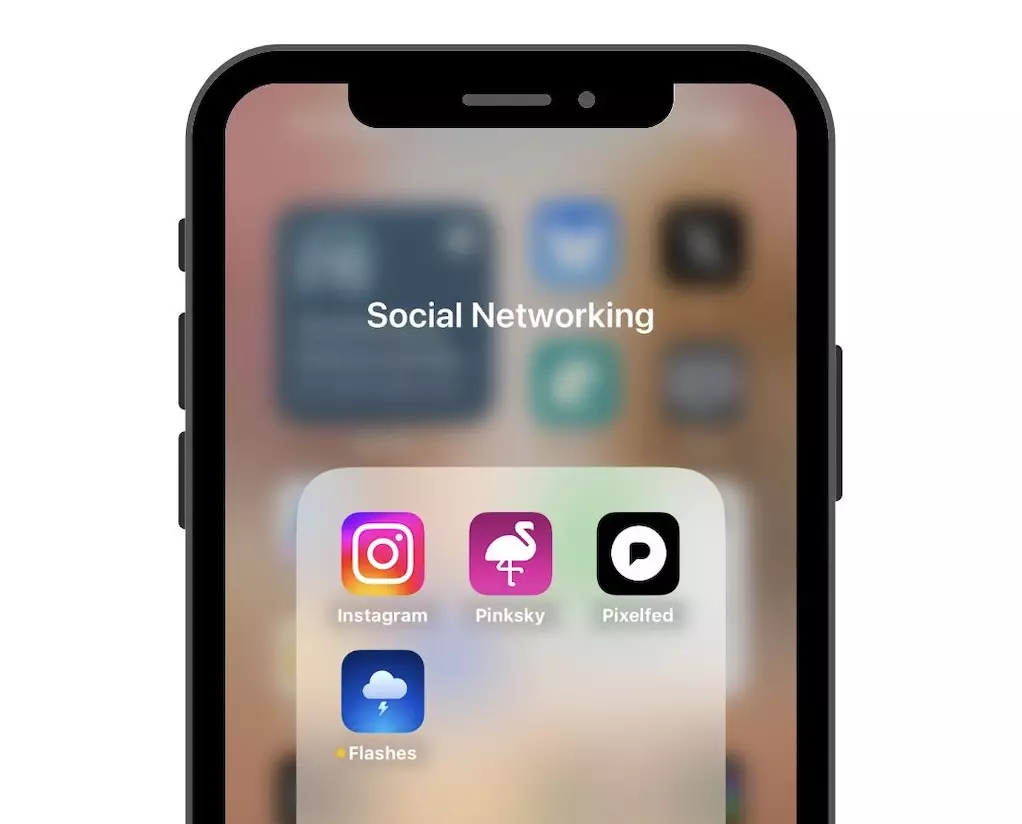The digital landscape is witnessing an unmistakable shift as consumers increasingly seek alternatives to the dominant platforms that have long ruled social media. Apps like Bluesky and Mastodon are emerging as popular choices for those looking to escape from established giants like X (previously known as Twitter) and Instagram. This article delves into the motivations driving users toward these decentralized options and highlights some key players in the emerging open social web.
As public sentiment against Big Tech continues to grow, a wave of demand for decentralized social networks has emerged. Users are increasingly concerned about issues of privacy, censorship, and algorithmic control that characterize traditional platforms. Alternative networks are positioned as solutions that prioritize user autonomy and foster genuine community engagement. For instance, Mastodon, with its emphasis on user-led moderation and open protocols, has attracted individuals disillusioned with corporate-controlled social experiences.
In parallel, many developers are working diligently to create decentralized versions of popular social apps. This is particularly notable in photo-sharing, as countless users are gravitating toward solutions that aim to replicate the functionality of Instagram while stripping away the negative aspects associated with corporate governance. Despite the fact that these newcomers currently lack the extensive user bases and features of Meta’s Instagram, their distinct selling points are generating meaningful interest from the public.
A prime example of innovation in this space is Pixelfed, which recently launched its official mobile apps. Built on the ActivityPub protocol, Pixelfed offers a platform for sharing photos and videos in a way that aligns with user preferences predisposed towards privacy and creative freedom. Notably, it differentiates itself from Instagram by being ad-free, open-source, and operating on a chronological feed system, enabling a more authentic interaction among users. According to developer Daniel Supernault, Pixelfed’s mobile apps amassed over 10,000 downloads within just two days of release, highlighting the eagerness for alternatives.
In addition, several applications are working on establishing themselves as credible substitutes for Instagram. Flashes, for instance, taps into the Bluesky ecosystem, providing a photo-oriented interface that connects directly with Bluesky’s user database. This interconnectedness allows Flashes users to share content seamlessly while simultaneously engaging with Bluesky comments, which fosters a sense of community. Such cross-pollination among platforms demonstrates the potential for a robust decentralized social space.
Another promising contender, Pinksky, is designed to attract former Instagram users who desire a more visually-focused experience. It mirrors Instagram’s familiar interface while incorporating features that encourage interaction with existing friends and followers from Bluesky. By maintaining connections irrespective of the platforms users choose, Pinksky showcases how decentralized networks can prioritize user relationships in the digital age.
Meanwhile, innovative projects like Skygram aim to carve out a niche by focusing on specific interests within the Bluesky framework. This web-based app allows users to browse feeds dedicated to individual hobbies, such as gardening or pets. By offering personalized feeds, Skygram underscores the demand for platforms that can adapt to individual interests and foster deeper connections within communities.
The emergence of decentralized social media platforms transcends mere trends, reflecting a societal shift in values prioritizing privacy, user control, and community engagement. As various alternatives rise to provide experiences that resonate with users’ desires for freedom and authenticity, it is likely that we will witness a steadily growing user base turning away from the entrenched giants of the industry.
In a future where consumers exercise their agency in choosing how they share and connect, platforms fostering decentralized ideals will shape the landscape of social media. The burgeoning interest in these alternative networks signals not just a momentary shift, but a fundamental transformation in how society interacts digitally, paving the way for innovative solutions and genuine community building.

